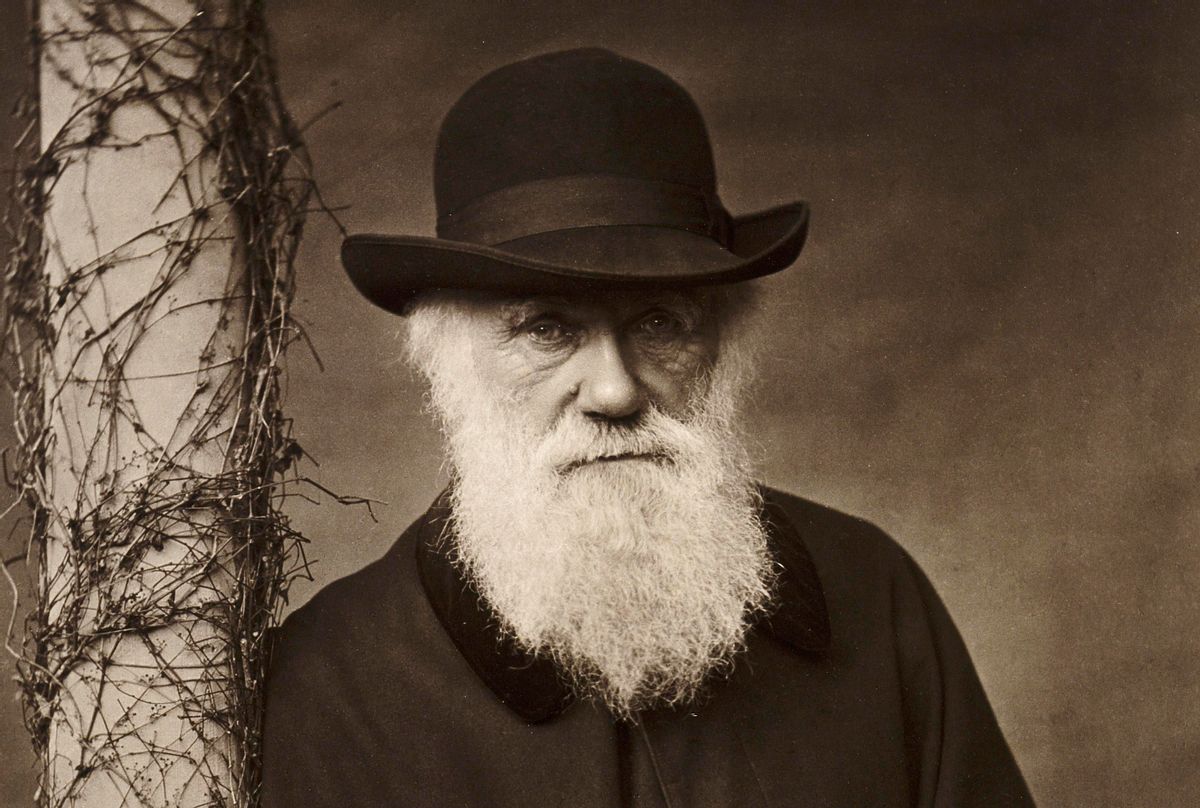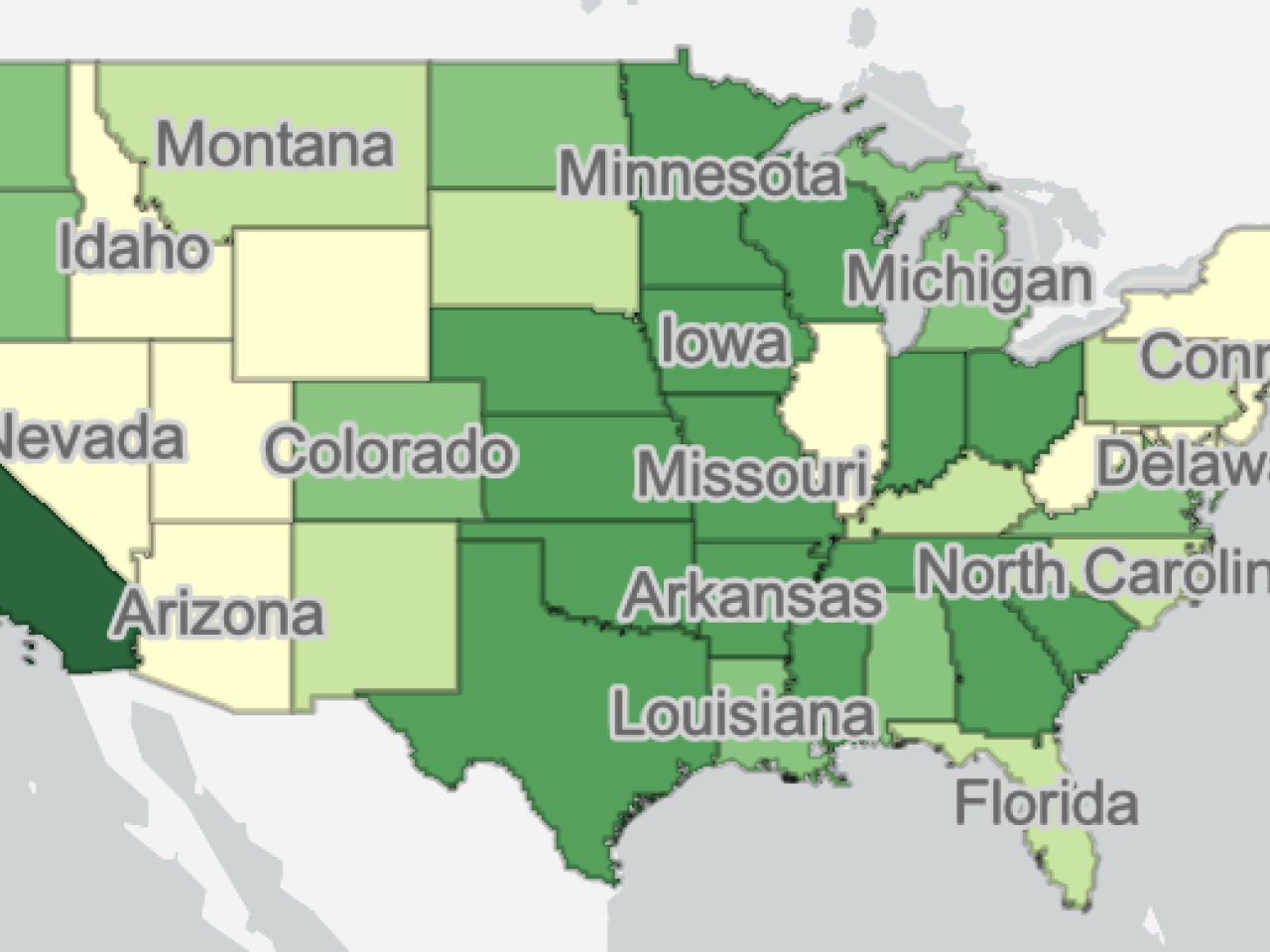Kenneth Niemeyer
Mar 3, 2024
A man in France discovered a dinosaur skeleton while walking his dog.
Getty Images
A man in France found a massive dinosaur skeleton while walking his dog.
The titanosaur skeleton is nearly 70% complete and was kept under wraps to preserve the site.
A man in France found a massive dinosaur skeleton while walking his dog.
The titanosaur skeleton is nearly 70% complete and was kept under wraps to preserve the site.
The discovery has sparked a career change for the man who found it.
A man happened upon a 70-million-year-old fossil while walking his dog, but he and local archeologists kept it a secret for two years over fears that vandals would tamper with the find.
Damien Boschetto, 25, made the discovery in Montouliers in Hérault, France, about two years ago, Newsweek reported.
Boschetto reported the discovery to the cultural, archaeological, and paleontological association in the nearby town of Cruzy, the outlet reported.
The group determined the fossil to be a nearly complete, 30-foot-long fossilized titanosaur.
While paleontologists routinely dig up bones from animals that existed millions of years ago, it's incredibly rare to find an entirely intact fossilized dinosaur skeleton. For instance, one study suggests there were 1.7 billion Tyrannosaurus rexes, which are thought to have lived 66 to 68 million years ago, but scientists have recovered fossilized remains of fewer than 100 of them.
Titanosaurs were a subgroup of sauropods, plant eaters with very long necks, according to Encyclopedia Britannica. The massive herbivores are some of the largest known dinosaurs and lived from about 150 to 66 million years ago on every continent.
Researchers discovered the titanosaur fossil discovered by Boschetto to be about 70% complete, Newsweek reported.
"While walking the dog, a landslide on the edge of the cliff exposed the bones of various skeletons," Boschetto said, according to the outlet, adding: "They were fallen bones, therefore isolated. We realized after a few days of excavations that they were connected bones."
Boschetto and the researchers kept the discovery under wraps for two years to protect the site from vandals, Newsweek reported.
When researchers are finished studying the bones, Boschetto's titanosaur is set to be on display at the Cruzy Museum, which is also home to another titanosaur femur uncovered in 2012.
Boschetto told The Washington Post he was a paleontology enthusiast. The director of the Cruzy museum, Francis Fages, told the Post that Boschetto's volunteering at the museum over the past two years had been valuable for its paleontology department.
"These discoveries are interesting from a scientific point of view because they contribute to the understanding of the species and ecosystems of the late Cretaceous of France and Europe," Fages told the outlet.
Advertisement
Boschetto quit his job in the energy sector in September to pursue a master's degree in paleontology, the Post reported.














